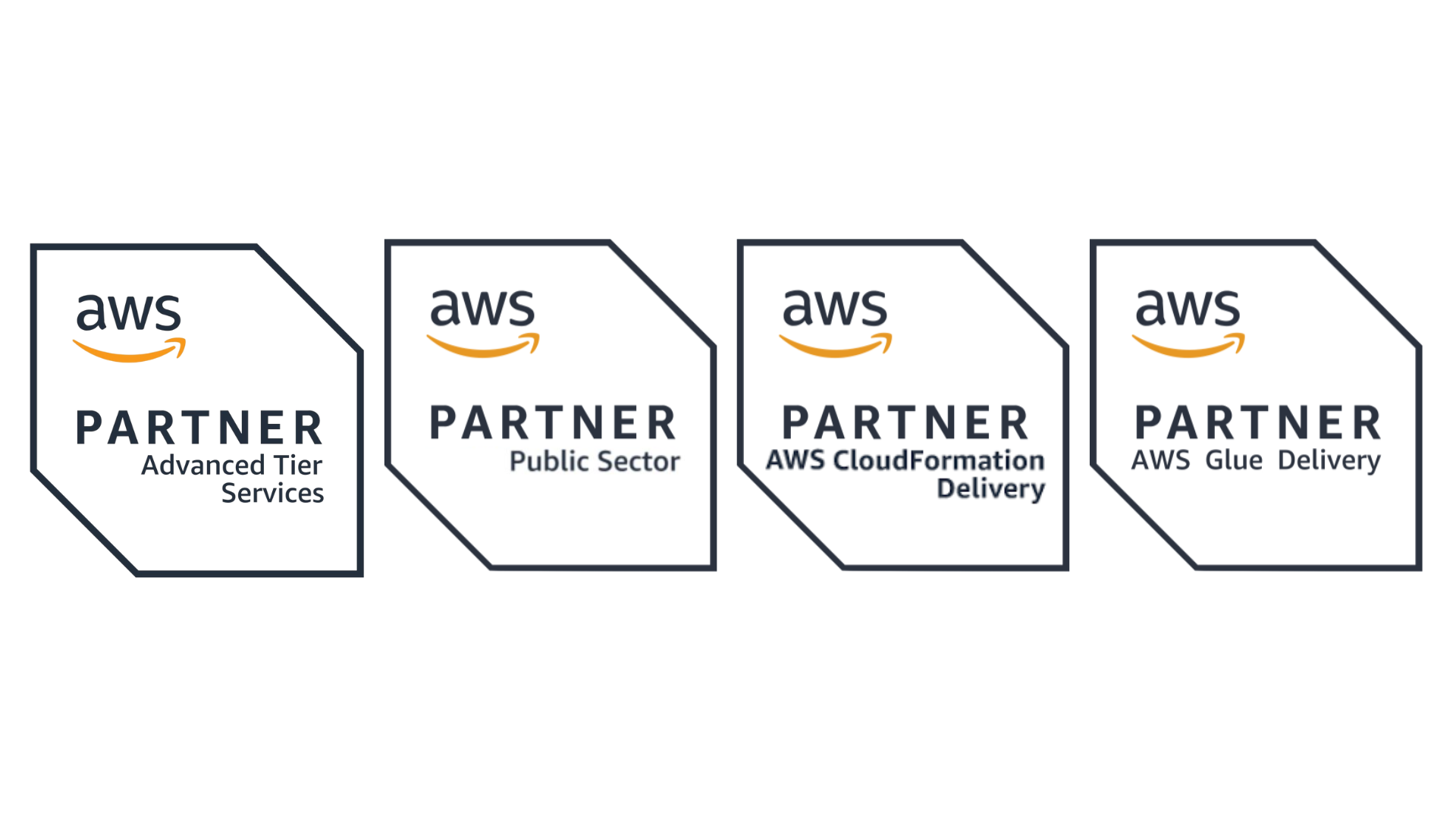Information manifests in various forms, some structured, such as tables and application logs, others unstructured like text documents and multimedia content. Thanks to innovations in AI and machine learning, integration models have been developed to convert various types of data into vectors, providing them with meaning and context.
Vector databases are commonly employed for various vector search cases, including visual, semantic, and multimodal search. The process begins with text conversion into embeddings, numerical vectors encoding the semantics and meaning of words. These vectors are then placed in a multidimensional space, where each dimension represents a specific semantic meaning. This approach enables the search for similar information based on the proximity of points in the multidimensional space: vector search methods are paving the way for numerous revolutionary use cases and unique experiences for users.
The versatility of vector databases manifests through various use cases, including:





























